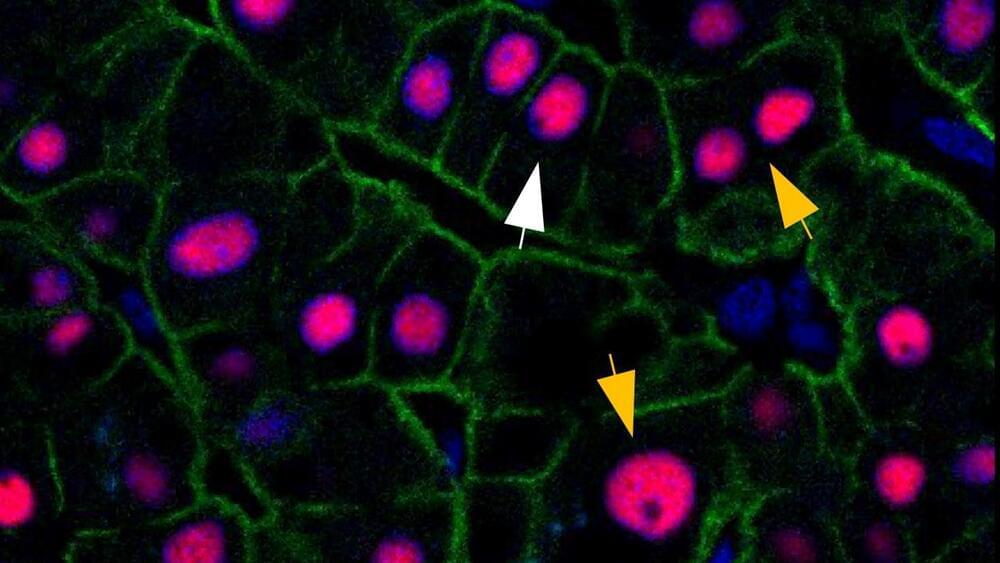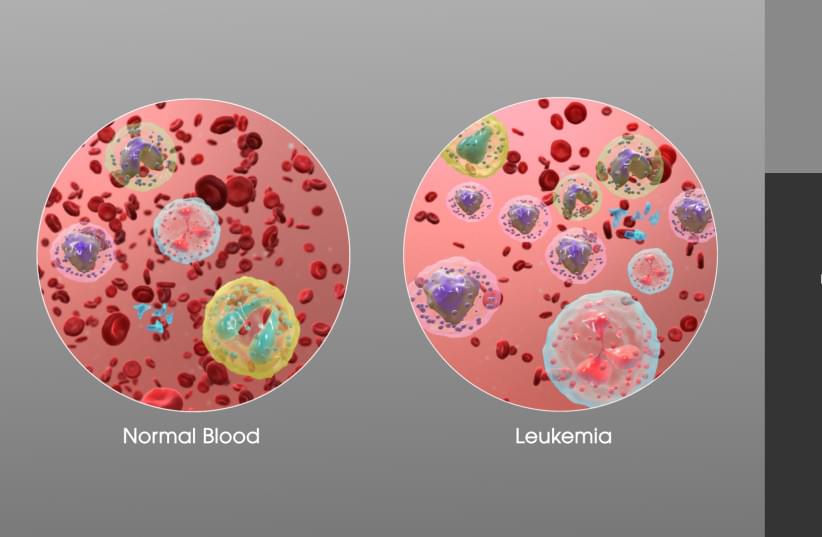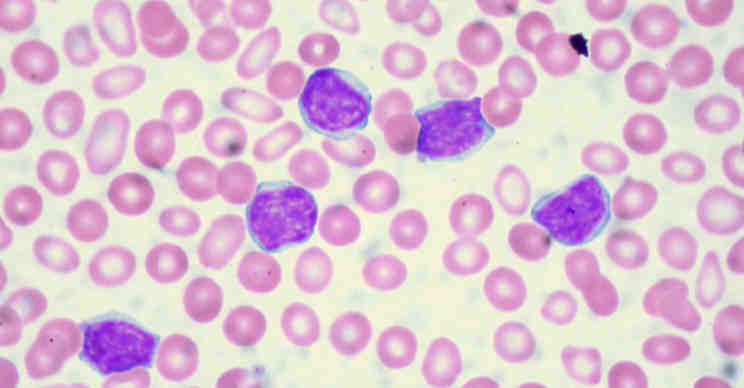Using retrospective radiocarbon birth dating, an international team of scientists shows that the human liver stays young throughout life and is on average less than three years old.
As one of the major organs of the body, the liver performs many essential biological functions. Almost all the blood in a person’s body passes through the liver, where waste products, worn-out cells, and toxins are filtered. It also produces bile, a solution that helps digest fats and eliminate waste products. Those are just a couple of the major duties it performs — more ore than 500 vital functions have been identified with the liver.
The liver is an essential organ that takes care of detoxifying our bodies. It is prone to injury because it is constantly exposed to toxic substances. To overcome this, the liver has a unique capacity among organs to regenerate itself after damage. Because a lot of the body’s ability to heal and regenerate itself decreases as we age, scientists were wondering if the liver’s capacity to renew also diminishes with age.







